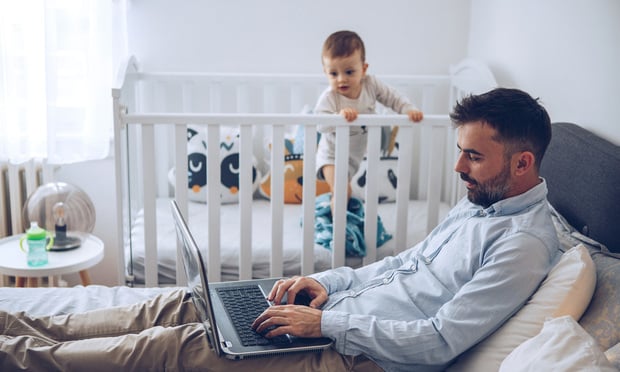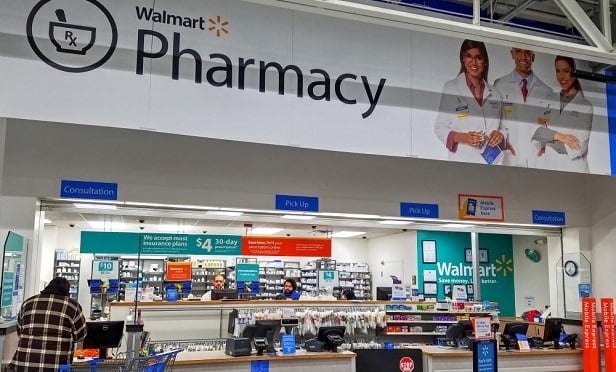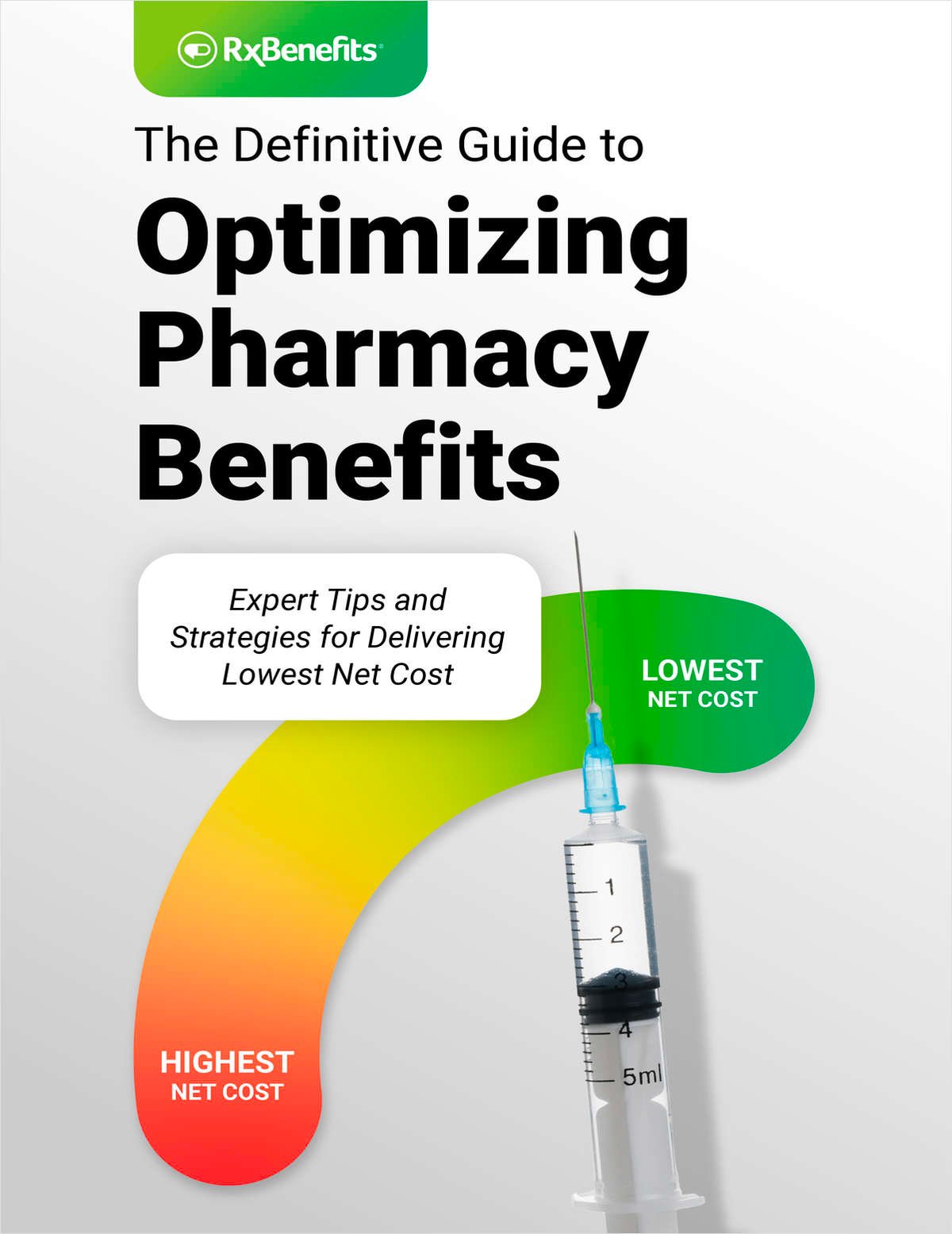 Because PIA designs and manufacturers complex equipment, the manufacturing must be done at company facilities. (PIA Courtesy Photo)
Because PIA designs and manufacturers complex equipment, the manufacturing must be done at company facilities. (PIA Courtesy Photo)
Running an essential business during a pandemic brings with it a host of new issues and challenges. However, when workers can be kept safe from COVID-19, there are certainly upsides to keeping workers on the job and doing business, if not as usual, then at least at a level that many companies would love to see.
Since the pandemic hit this country, PIA Automation US, part of a larger, German-owned business, has increased production at its Evansville, Indiana, facility. The PIA plant makes machines that manufacture medical supplies such as masks, and according to Stacey Gilles, director of human resources, the pandemic has her company scrambling to meet demand. One upside, says Gilles, is the feeling of contributing to the greater good.
"Our employees are working extra hours," she says. "We have folks working overtime to meet the need from the medical industry. But I think it's a bit of a morale boost, too, because they know the work they're doing is benefiting other people."
As an HR manager, Gilles is overseeing a workforce that must increase production, while dealing with issues such as working remotely, practicing social distancing, and facing family stresses (such as kids at home while schools remain closed) that are new and unique, at least in degree. Gilles says her company is relying on good communication with employees as an important tool for HR management.
|Town halls lead to useful feedback
One of the main features of PIA's approach to the new normal is to emphasize dialogue with employees. Gilles points to the company's town hall meetings—already a regular feature for communicating and getting feedback—as a great way to answer questions that employees have.
"The town halls have really helped a lot. We've been very transparent and candid with people," Gilles says, noting that the town halls take safety precautions such as social distancing and encouraging participation through Skype.
The company, which has 85 employees at its Evansville plant, has taken employee suggestions on how to keep workspaces safer, such as keeping doors open to increase ventilation. "Our employees have been very receptive to the changes that we have made; they give us feedback and ideas, too," Gilles notes. "I think that goes a long way, because it feels like a partnership."
The meetings are important at a time when business practices have changed and employees have a lot of questions, Gilles says. "The biggest challenges are people asking questions that you can't answer because you don't know yet."
Gilles says her HR department tries to find answers to employee questions from reliable governmental sources. "We have primarily relied on the CDC, because they are reputable, and people trust them. And the governor of our state has a videoconference every day. Those are our two main sources of information."
|Working remotely is a work in progress
Gilles says the company is trying to expand its ability to have employees work remotely, but challenges remain. Because PIA designs and manufacturers complex equipment, the manufacturing must be done at company facilities. Even the mechanical design work requires computing capabilities that most people don't have on their home desktops or laptops. "I could see the possibility of 65 percent of our people working from home, but that would be challenging," Gilles says. "A more comfortable number would probably be 25 percent to 30 percent."
The relatively sudden outbreak of COVID-19 has led to many industries experiencing a sharp learning curve when it comes to working remotely. A recent poll found that many in the public and education sectors were also not well set up for a switch to remote work. The report, by consulting company NEOGOV, found that 62 percent of public sector organizations said they were somewhat prepared to manage employees working remotely; 4 percent said they were not prepared at all, 14 percent said they were not very prepared, and 21 percent describe their organizations as very prepared.
Another impact of the pandemic has been on new hires: 46 percent of public sector groups paused some of their hiring, and 22 percent stopped hiring new employees altogether. A separate tracking report, LinkedIn's Workforce Report for April, found a sharp decline in hiring in the U.S., with a 1.3 percent drop in hiring between March and February.
Gilles says that her company decided that despite the need to increase production, it's not a good time to bring new people in. "We have not hired, because of the challenge of going through the interview process and bringing new people onsite. We want to be careful," she says. "It is in our plans to hire, but that's a month or two out; we're limiting visitors in the building right now."
|Maintaining morale by building trust
According to Gilles, her company recognizes that workers are under stress, and encourages them to give feedback or ask questions privately, in addition to the town hall feedback. "We really have a focus on flexibility right now," she says. "For example, if you feel kind of sick but you're not sure, stay home. If you can't get a note from the doctor because they're swamped, that's fine, we'll excuse it. It's a lot of, 'we trust you, let's work as a team.' It's about what we can do to keep everybody safe."
Gilles says that in return, she feels employees are not taking advantage of that consideration. "I think most people want to be here; they want to keep busy; they like the fact that we're making machines to make the masks," she says. "I've had very low absenteeism."
The company also has had few problems with families who have school-age children at home, Gilles says, with most employees being able to take turns with partners on parenting during work hours. "I have some folks who may work from home a few days a week, and then are catching up when they come in.
"Our world feels quasi-normal," she adds. "We've had good buy-in from employees." Overall, Gilles says, the transparency and cooperation that have marked the company's interaction with employees have given it a good start in weathering the storm. "When you involve employees as much as possible, it really feels like a team that is working together to keep people safe, rather than just worrying and wondering what's going on."
Continue Reading for Free
Register and gain access to:
- Breaking benefits news and analysis, on-site and via our newsletters and custom alerts
- Educational webcasts, white papers, and ebooks from industry thought leaders
- Critical converage of the property casualty insurance and financial advisory markets on our other ALM sites, PropertyCasualty360 and ThinkAdvisor
Already have an account? Sign In Now
© 2024 ALM Global, LLC, All Rights Reserved. Request academic re-use from www.copyright.com. All other uses, submit a request to [email protected]. For more information visit Asset & Logo Licensing.








